First look at the female rescuers in uniform
Photos by Reet Sau
Marge Zaidullin, the best voluntary rescue promoter in 2015 is the first woman to wear the brand new parade uniform of the Estonian voluntary rescuers. She is the founding member of the Aasukalda rescue brigade, working as an active rescuer but also contributing in the fields of fire prevention and youth work.
The designer of the new uniform is scenographer Madis Nurms. Last time that the Estonian volunteer rescuers received new designer clothing was in Soviet times - year 1956. In addition to the parade uniform a number of station uniforms have also been completed. The first is meant for the festive occasions, second is worn around the station and under the turnout gear.
The new uniform is characterized by colorful touches - sea rescue teams have blue and fire squads red details. For example, the innovative cut of the pants reveals the colored insides of pockets. At the bottom of the trousers one can also see blue or red "V" motif - an element which runs through all the new uniforms.
Part of the uniform is a woolen beret. The beret's practicality has long made it an item of military and other uniform clothing. Rescuers beret fits snugly around the head, and it is worn pushed to one side. It features a sweatband attached to the wool, made from leather and a drawstring allowing the wearer to tighten the hat.
Beret is made in two colors - red for the voluntary fire squads and blue for the sea rescue teams. Headgear is adorned with a golden or silver metal cap badge. Both badges as well as the uniforms of the rescuers are embellished with an image of stylized "V" that stands for "volunteer". Sea rescuers have a stylized image of a diver next to a boat on their badges and fire squads a firefighter with the ladder as their central figure.
Special attention should be paid to the metal buttons of the parade uniform. The designs for voluntary fire squads and sea rescue teams vary in terms of text and symbols. All buttons have been coated with a thin layer of silver and oxidized to give them their cold-black look. The "V" and textual part of the button are hand-polished to give them unique sheen. All uniforms are completed by Estonian craftsmen - the various components are prepared in different parts of the country - Tallinn, Saaremaa, Pärnu and Ida-Viru County.
The new uniform is characterized by colorful touches - sea rescue teams have blue and fire squads red details. For example, the innovative cut of the pants reveals the colored insides of pockets. At the bottom of the trousers one can also see blue or red "V" motif - an element which runs through all the new uniforms.
Part of the uniform is a woolen beret. The beret's practicality has long made it an item of military and other uniform clothing. Rescuers beret fits snugly around the head, and it is worn pushed to one side. It features a sweatband attached to the wool, made from leather and a drawstring allowing the wearer to tighten the hat.
Beret is made in two colors - red for the voluntary fire squads and blue for the sea rescue teams. Headgear is adorned with a golden or silver metal cap badge. Both badges as well as the uniforms of the rescuers are embellished with an image of stylized "V" that stands for "volunteer". Sea rescuers have a stylized image of a diver next to a boat on their badges and fire squads a firefighter with the ladder as their central figure.
Special attention should be paid to the metal buttons of the parade uniform. The designs for voluntary fire squads and sea rescue teams vary in terms of text and symbols. All buttons have been coated with a thin layer of silver and oxidized to give them their cold-black look. The "V" and textual part of the button are hand-polished to give them unique sheen. All uniforms are completed by Estonian craftsmen - the various components are prepared in different parts of the country - Tallinn, Saaremaa, Pärnu and Ida-Viru County.
Photos by Reet Sau
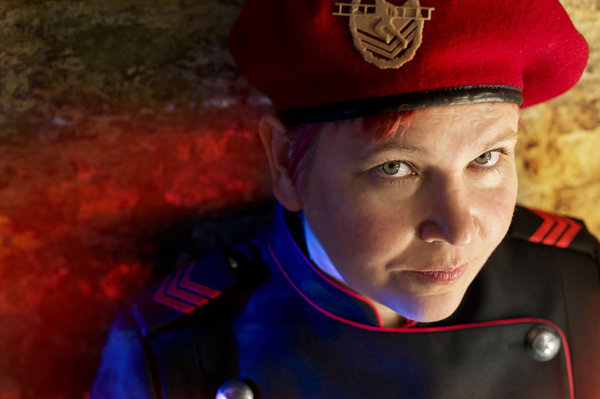
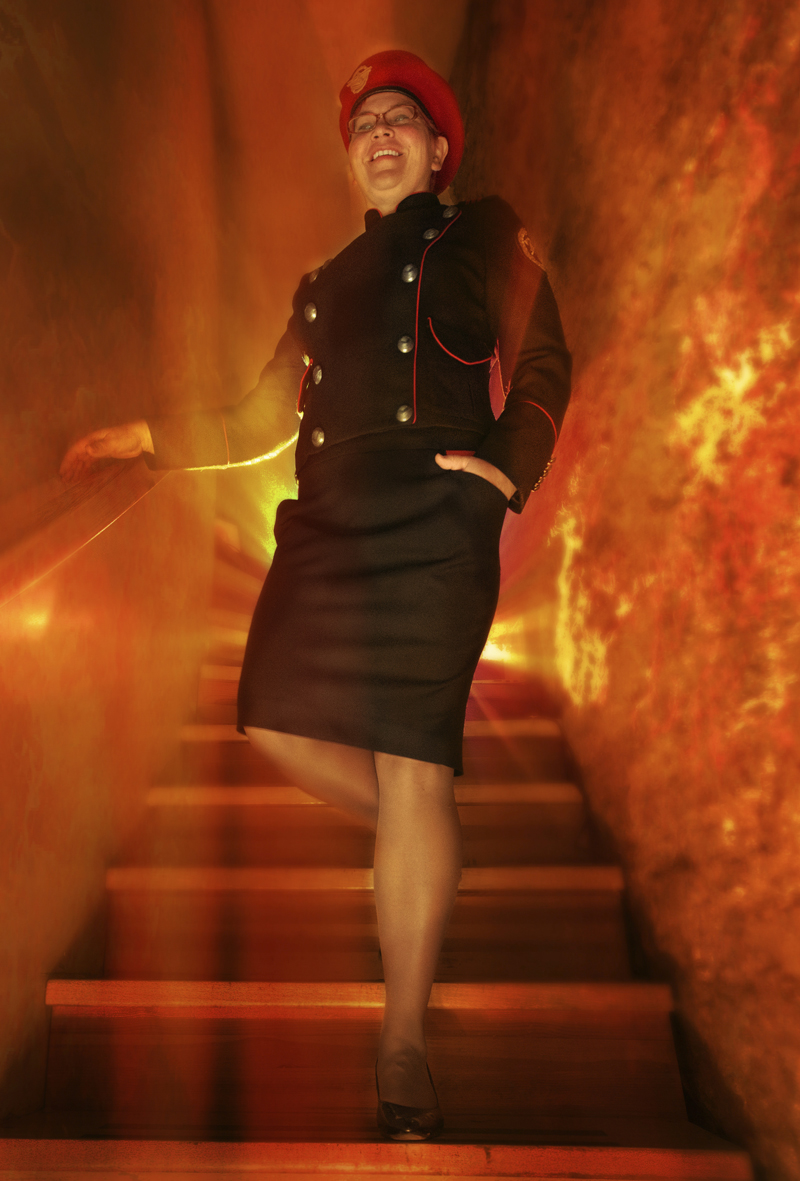
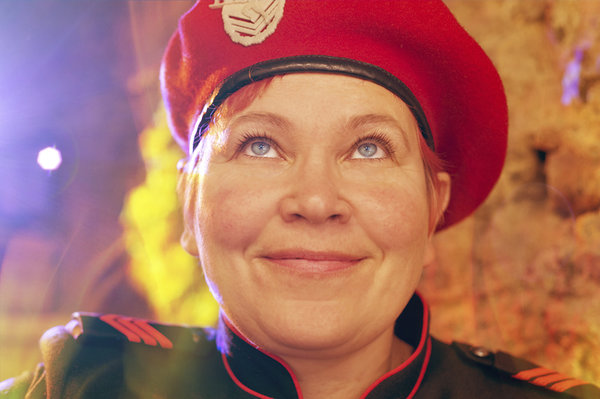

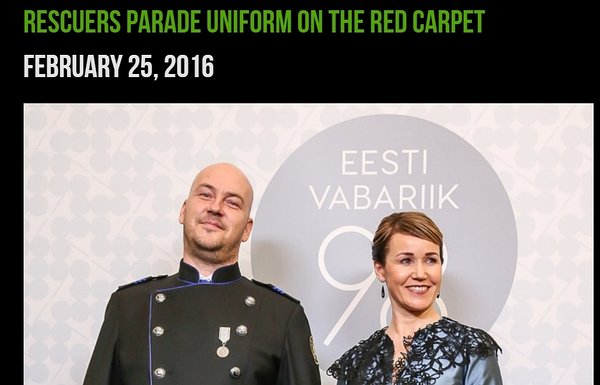
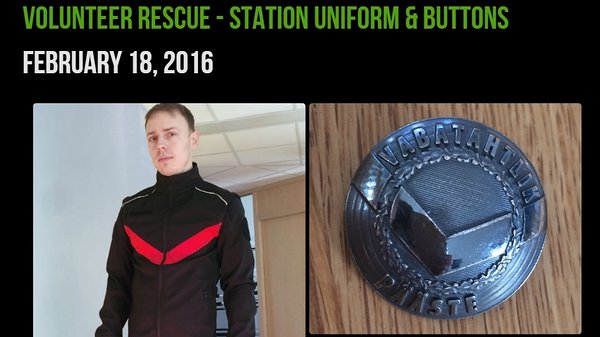
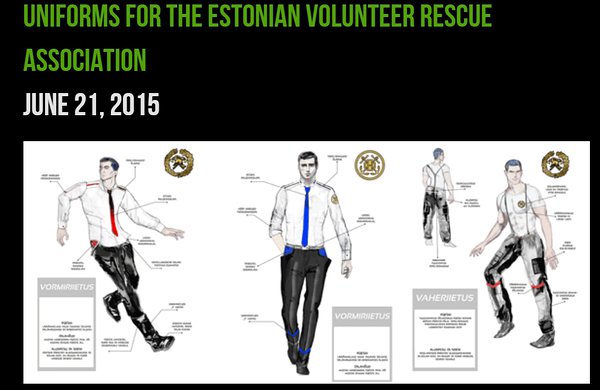

Add a comment